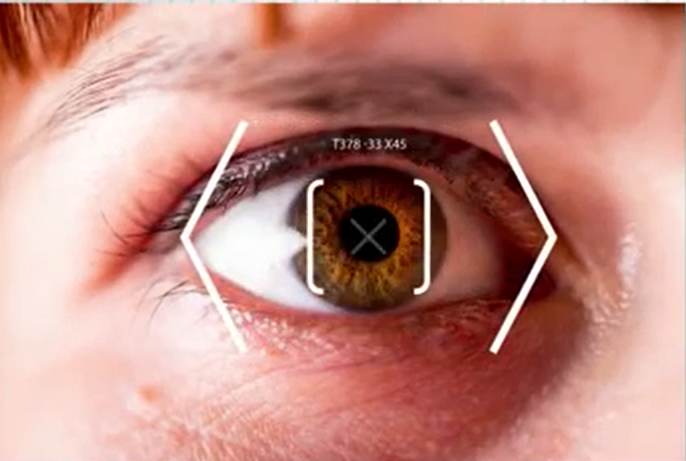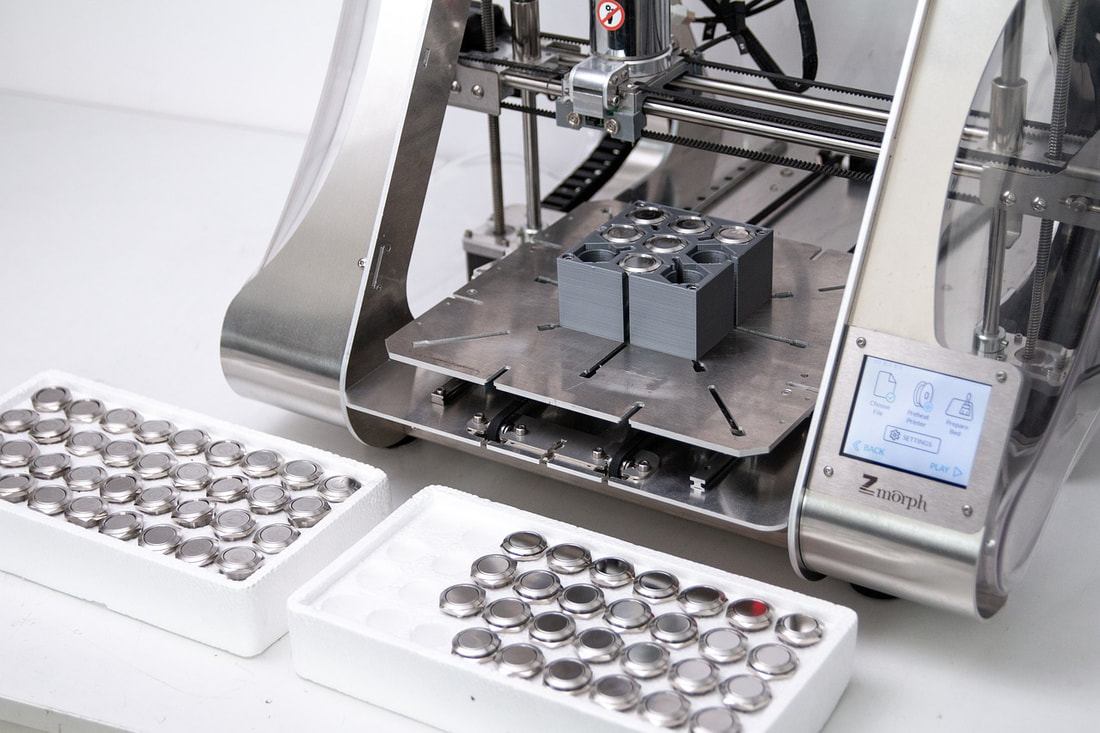Using Customized Small Batch Production to Enable Rapid Design Iteration Based on UX Feedback
|
- Solution: Using 3D printing capabilities improved the quality of the next generation prototype, enabling creation of a more durable and professional prototype. With a scaled-up number of units the company was able to get needed UX feedback resulting in design changes that vastly improved usability and visual performance. The product prototype design was transitioned to a product with traditionally manufactured elements in preparation for further scaling up production.
- Benefits:
- A customized design with 3D printing capabilities made small batch production of second-generation prototypes quicker and more cost effective
- More durable prototypes enabled the gathering of better usability feedback from a large group in a short timeframe
- Rapid design iteration shortened the timeframe needed to validate functionality before finalizing a design capable of larger scale manufacturability
- A customized design with 3D printing capabilities made small batch production of second-generation prototypes quicker and more cost effective
The Challenge
|
The Company was founded by an optometrist who built a career on vision therapy, visual rehabilitation, and neurofeedback for vision enhancement. The founder, an entrepreneur, had been iterating on designs for vision biofeedback devices for many years. Designs ranged from expensive desktop machines used in an optometrist office, to smaller machines that could be used at home by patients.
The previous generation prototype design was no longer easily reproducible since the manufacturer had gone out of business. Also, based on UX and usability feedback from the previous prototype, the Company had several new ideas for a next generation design. Before a design could be finalized, there were multiple product design concepts that needed to be prototyped and tested on patients to get feedback. A small batch of devices was needed to do a focused testing process with a broader UX and usability group. This was a critical stage in the product’s development. |
“Working with S5 Solutions has been seamless. We have been designing, distributing, and subcontracting biofeedback instruments since 1984, and S5 Solutions is the best. S5 Solutions was able to incorporate all of my ideas into the new design and also offered some clever additions. The patients are having great success with this new version of the device.” |
It was also important to refine the design to begin to lower the cost and move toward higher scale production.
The Solution
Rapid prototyping with 3D printing was key to quickly testing ideas and iterating on variations. The process of 3-D printing and hand assembly allowed for small batch proof-of-concept prototypes that looked more professional and were functional enough to be safely used with patients. This was very important because the user experience was the most significant factor in the ultimate design and adoption.
The electronics were also prototyped using rapid methods. S5 Solutions used a modular design approach, which enabled rapid changing of circuit parts. This process made it possible to get prototype concepts into the hands of real patients for testing very quickly.
The electronics were also prototyped using rapid methods. S5 Solutions used a modular design approach, which enabled rapid changing of circuit parts. This process made it possible to get prototype concepts into the hands of real patients for testing very quickly.
|
Using rapid development techniques, S5 Solutions was able to work through several significant product design changes based on feedback from patients, which would then get rolled into a design iteration. Being able to quickly incorporate product improvement suggestions gathered during multiple rounds of design iteration and prototype updating allowed the Company to move the product design through significant change over the period of just a few weeks.
Once the final design was settled, it was further adapted to improve manufacturability beyond small batch hand-assembled 3D printed components. Traditional manufacturing techniques could then be used to scale up the production of the vision biofeedback system. |
The Results
Small batch 3D printing production, combined with rapid prototyping, enabled the iteration of product prototype designs quickly. Being able to rapidly incorporate product usability feedback resulted in a significantly improved product design in a very short period. The new product design, developed in collaboration with S5 Solutions, was more professional looking with a better user experience, as well as being more durable during patient use.
The new vision biofeedback product design was not only less expensive, but it was also easier to produce and more manufacturable than the initial prototype. The final product design was optimized so it was ready to scale to larger volume production using a traditional manufacturing process when the Company was ready.
The new vision biofeedback product design was not only less expensive, but it was also easier to produce and more manufacturable than the initial prototype. The final product design was optimized so it was ready to scale to larger volume production using a traditional manufacturing process when the Company was ready.


